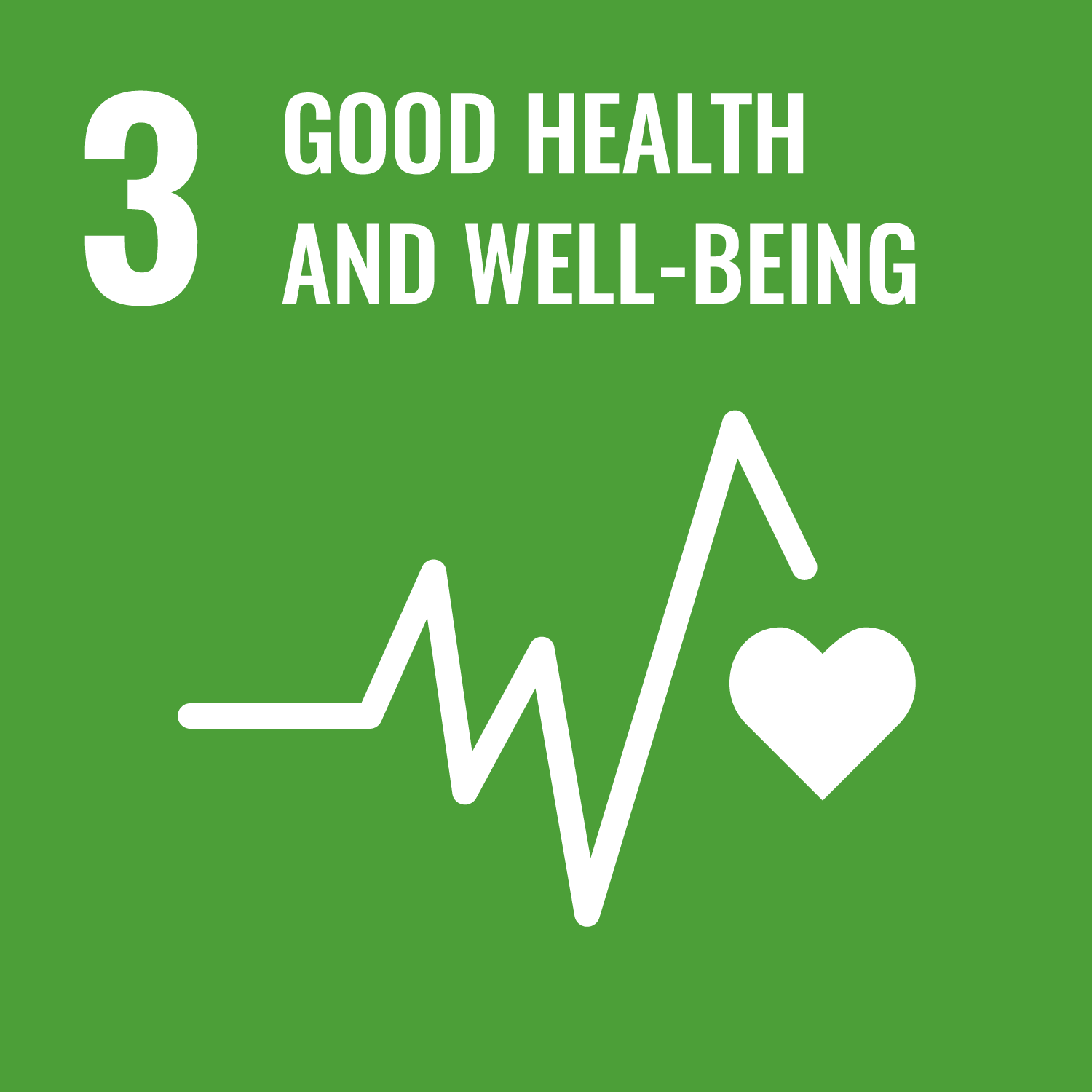Stone, J., Fraser, H., Walker, J.G. et al. (16 more authors) (2022) Modelling the impact of HIV and hepatitis C virus prevention and treatment interventions among people who inject drugs in Kenya. AIDS, 36 (15). pp. 2191-2201. ISSN 0269-9370
Abstract
Objectives:
People who inject drugs (PWID) in Kenya have high HIV (range across settings: 14–26%) and hepatitis C virus (HCV; 11–36%) prevalence. We evaluated the impact of existing and scaled-up interventions on HIV and HCV incidence among PWID in Kenya.
Design:
HIV and HCV transmission model among PWID, calibrated to Nairobi and Kenya's Coastal region.
Methods:
For each setting, we projected the impact (percent of HIV/HCV infections averted in 2020) of existing coverages of antiretroviral therapy (ART; 63–79%), opioid agonist therapy (OAT; 8–13%) and needle and syringe programmes (NSP; 45–61%). We then projected the impact (reduction in HIV/HCV incidence over 2021–2030), of scaling-up harm reduction [Full harm reduction (‘Full HR’): 50% OAT, 75% NSP] and/or HIV (UNAIDS 90–90–90) and HCV treatment (1000 PWID over 2021–2025) and reducing sexual risk (by 25/50/75%). We estimated HCV treatment levels needed to reduce HCV incidence by 90% by 2030.
Results:
In 2020, OAT and NSP averted 46.0–50.8% (range of medians) of HIV infections and 50.0–66.1% of HCV infections, mostly because of NSP. ART only averted 12.9–39.8% of HIV infections because of suboptimal viral suppression (28–48%). Full HR and ART could reduce HIV incidence by 51.5–64% and HCV incidence by 84.6–86.6% by 2030. Also halving sexual risk could reduce HIV incidence by 68.0–74.1%. Alongside full HR, treating 2244 PWID over 2021–2025 could reduce HCV incidence by 90% by 2030.
Conclusion:
Existing interventions are having substantial impact on HIV and HCV transmission in Kenya. However, to eliminate HIV and HCV, further scale-up is needed with reductions in sexual risk and HCV treatment.
Metadata
| Item Type: | Article |
|---|---|
| Authors/Creators: |
|
| Copyright, Publisher and Additional Information: | © 2022 The Author(s). Published by Wolters Kluwer Health, Inc. This is an open access article distributed under the terms of the Creative Commons Attribution-Non Commercial-No Derivatives License 4.0 (CCBY-NC-ND), where it is permissible to download and share the work provided it is properly cited. The work cannot be changed in any way or used commercially without permission from the journal. |
| Keywords: | Humans; Hepacivirus; Needle-Exchange Programs; Substance Abuse, Intravenous; HIV Infections; Kenya; Drug Users; Hepatitis C |
| Dates: |
|
| Institution: | The University of Sheffield |
| Academic Units: | The University of Sheffield > Faculty of Medicine, Dentistry and Health (Sheffield) > School of Medicine and Population Health |
| Depositing User: | Symplectic Sheffield |
| Date Deposited: | 16 Apr 2024 14:10 |
| Last Modified: | 16 Apr 2024 14:10 |
| Status: | Published |
| Publisher: | Ovid Technologies (Wolters Kluwer Health) |
| Refereed: | Yes |
| Identification Number: | 10.1097/qad.0000000000003382 |
| Related URLs: | |
| Sustainable Development Goals: | |
| Open Archives Initiative ID (OAI ID): | oai:eprints.whiterose.ac.uk:211555 |


 CORE (COnnecting REpositories)
CORE (COnnecting REpositories) CORE (COnnecting REpositories)
CORE (COnnecting REpositories)